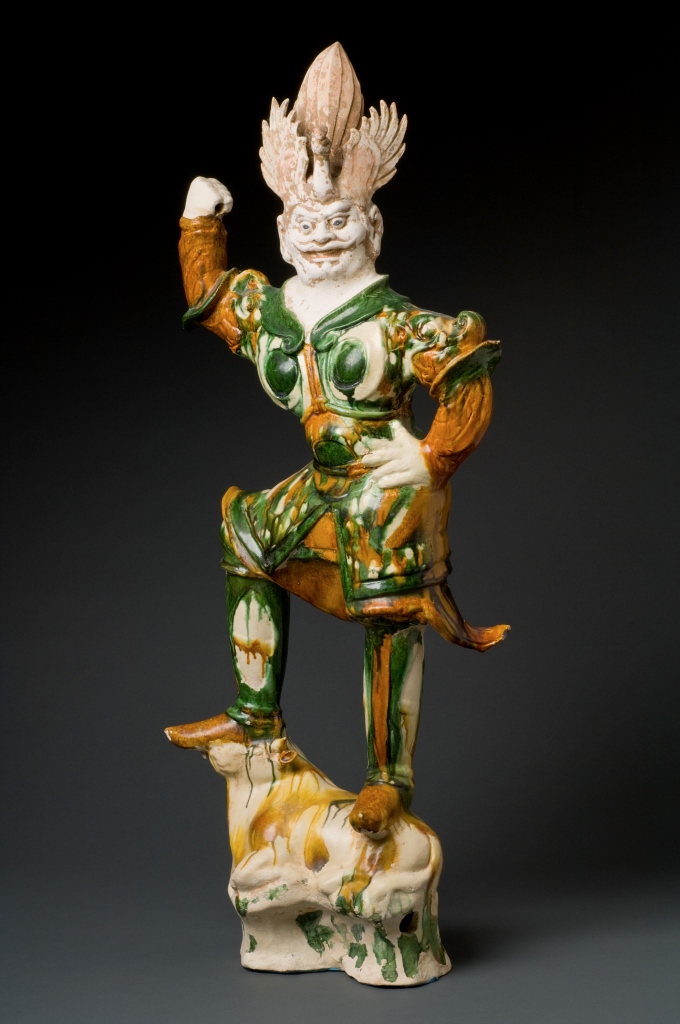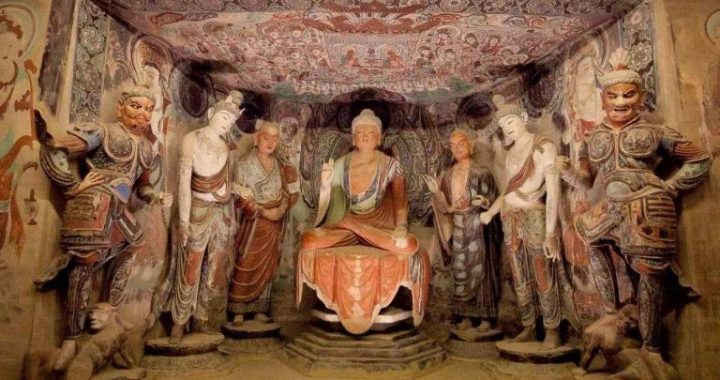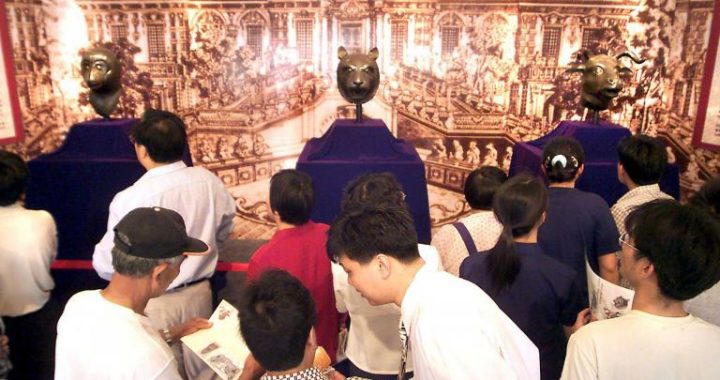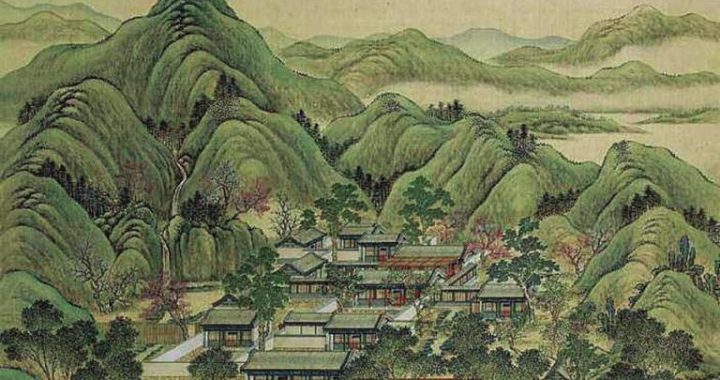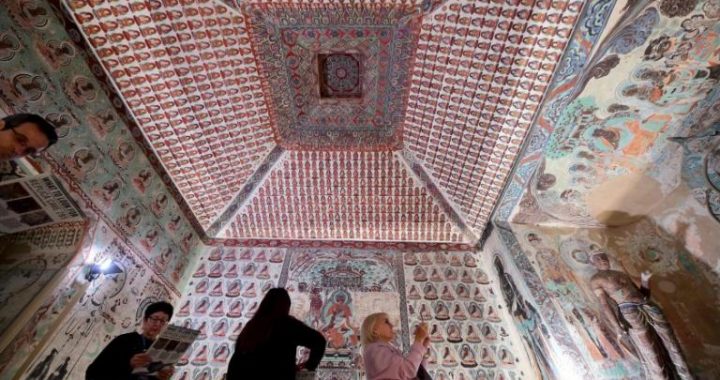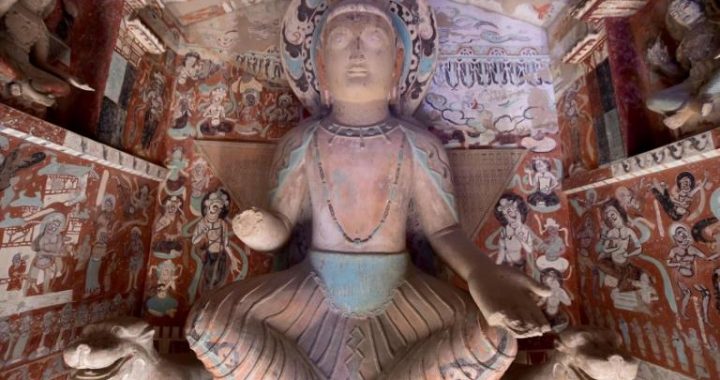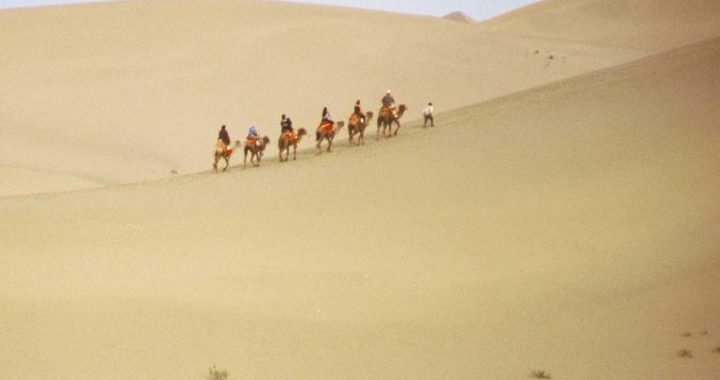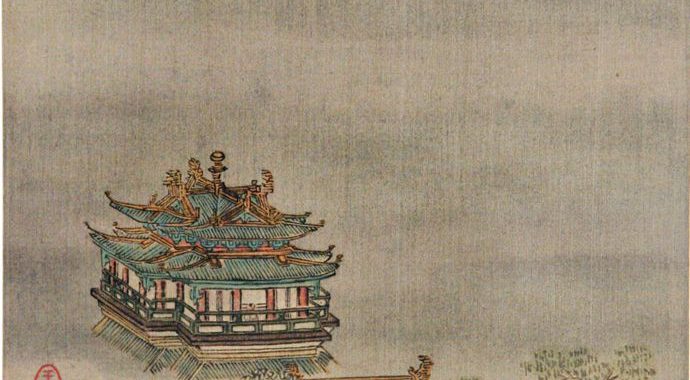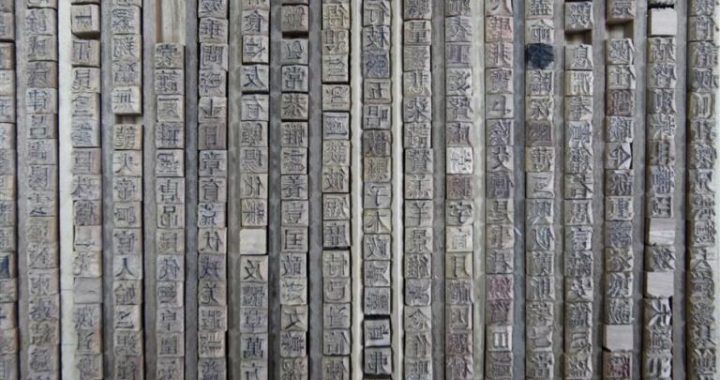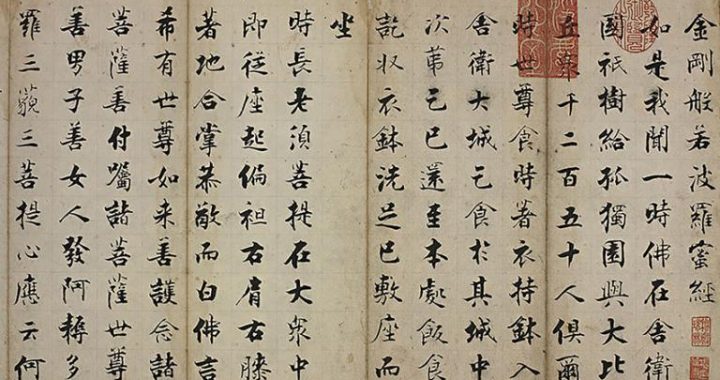Different Stylistic Features of Painted Sculpture of Dunhuang
6 min readPainted sculpture experienced a history through the Northern Liang, NorthernWei, Western Wei, Northern Zhou, Sui, Tang, Five Dynasties, Northern Song, Western Xia, and Yuan and a huge quantity of precious data has been preserved and provided for the study of art history of China. Briefly speaking, the art of painted sculpture in this country underwent a process of introduction, collision, and compromise. When monasteries and grottoes flourished after the introduction of Buddhism into China, the making of buddha-images became a widespread social demand, and foreign art of modeling came into fashion. But there were constant battles and reconciliations between the alien Buddhism and the domestic Confucianism and Taoism.
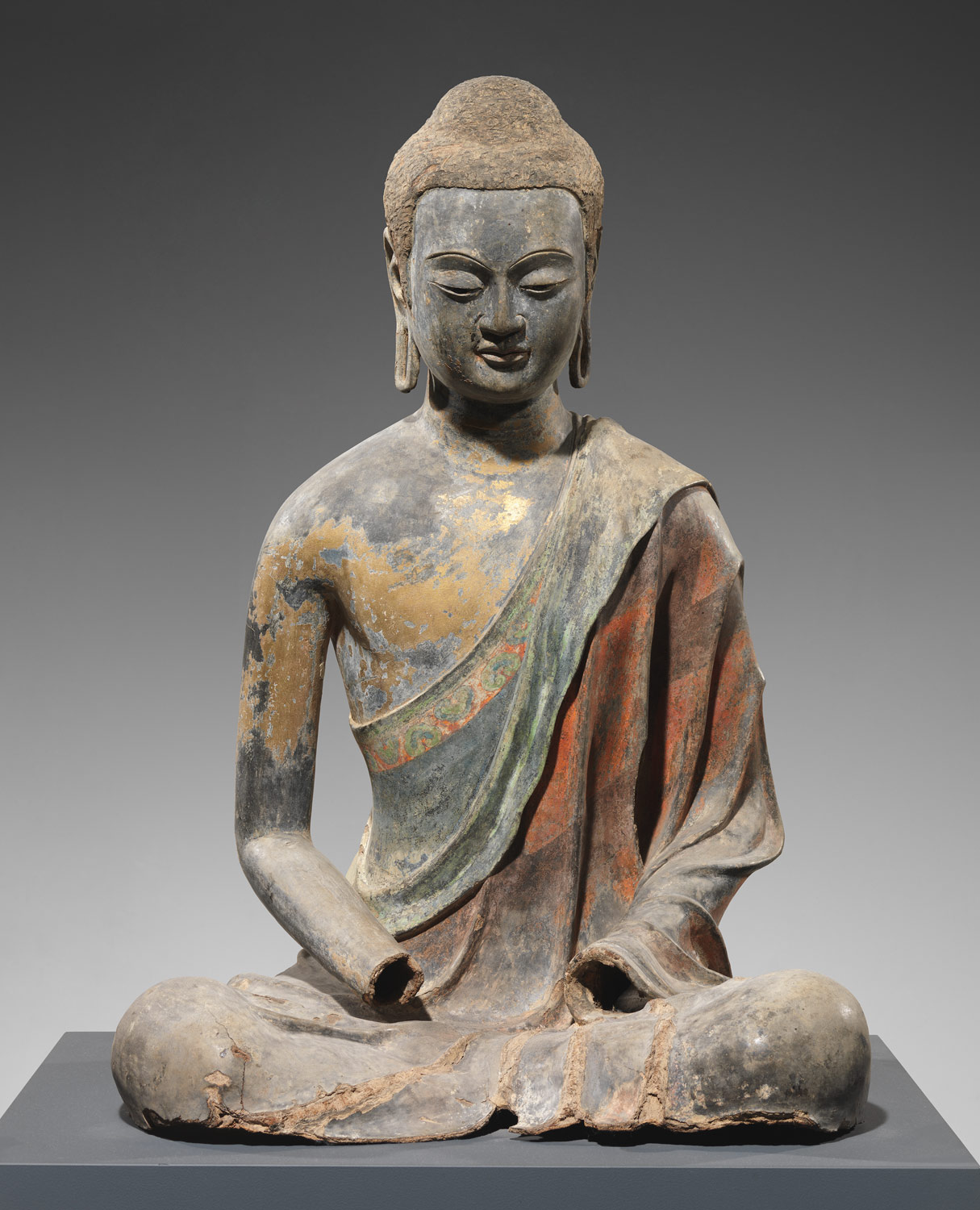
The works of painted sculpture preserved at the Mogao Grottoes add up to over 2,000 pieces from the Sixteen States period to the Yuan dynasty. They are a comparatively complete reflection of the development of the art of Buddhist sculpture in that part of history. The process of Dunhuang painted sculpture may bedivided into three periods: the early period includes the Northern Wei, Western Wei, and Northern Zhou, characterized by simplicity, vigor, roughness, and solemnity with emphasis on facial expressions, reflecting the qualities of northern nationalities; the intermediate period consists of the Sui and Tang dynasties, which constitute the artistic prosperity, characterized by well-roundedness, exquisiteness, refinement, gorgeousness, grace, and dignity, different from the slim, handsome, graceful and unadorned figures in previous times; and the late period is composed of the Five Dynasties, Northern Song, Western Xia and Yuan, characterized by lightness, monotony, and lack of energy and vitality, without the beauty of the Tang style by means of health, roundness, and richness, which is the mark of decline of the art.
From the perspectives of characterization, dress, adornment and artistic style, the painted sculpture of the Mogao Grottoes was in the constant development and change.
Painted statues of the early period were of strong foreign flavor. On the one hand, Buddhism was brought into central China from India through the Western Regions, and therefore, their style was authoritative. On the other hand, the contemporary Chinese sculptors did not have an established set of techniques in making Buddha images, therefore, it was necessary for them to learn and adopt foreign skills.
Prior to the reform of Emperor Xiaowen of the Northern Wei in the year of Taihe, character statues are full and round in the face, or slightly stretched lengthwise, with nose high and straight, leading up to the forehead, brows long and eyes bulging out, shoulders broad, and chest flat, either standing erect or sitting upright, lacking in dynamic, which characterize the Indian features; meanwhile, the Buddha images were mostly influenced by the Gandhara style of strong realistic flavor in the 2nd to 4th century north India. During this period, Maitreya image was very popular with curly hair wearing down to the shoulders, tying a knot on the top of head, and holding a vase in the left hand. The statues look healthy, dignified, brightly colored, and simple in technique. For example, the 3-meter tall Maitreya statue in Cave 275 of the Northern Liang period wears a triple-jewel crown and a short skirt, bare up the waist, looking serious with nose high and straight, eyesbrimming with vigor, and sitting cross-legged on a double-lion seat. Examples of cross-legging, triple-jewel crown, triangular backrest and double-lion seat can be found in Gandhara art.
At the same time, sculptors gradually brought local painting technique and style in it.
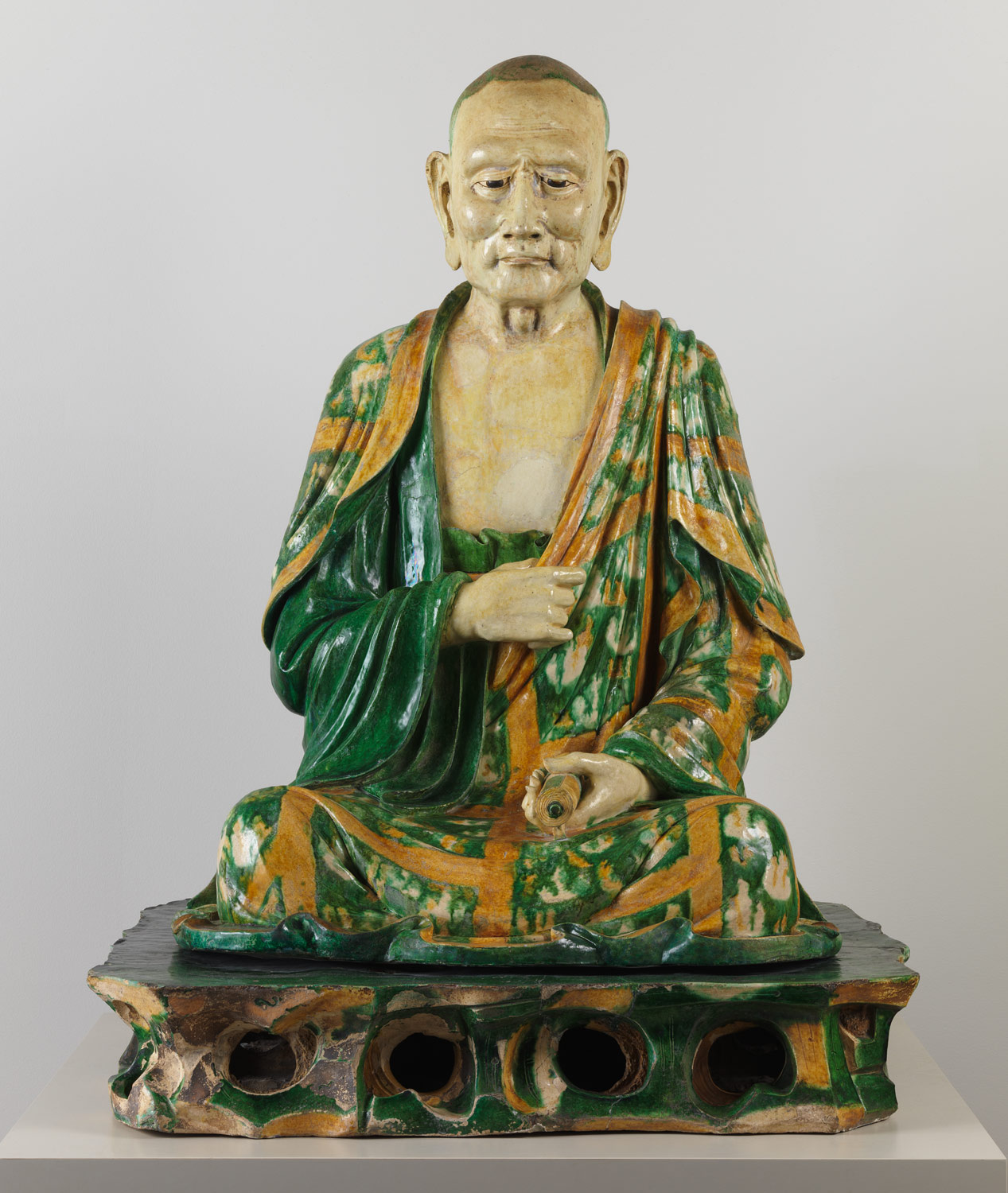
Buddha images in this period wear their red sanghati (assembly robe) with or without one shoulder bare. The robe is sculpted with dense ornamental folds, making an impression of transparency which historically termed cao yi chu shui (Cao’s out-of-water style). Human characters under the brush of Cao Zhongda (from the State o Cao of the nine-family Zhaowu in the Central Asia, at first an official of Northern Qi and later entered Zhou and Sui),a well-known painter of the Northern Qi, powerful dress folds cling to the body so that it looks just like being just out of water.
Following the Taihe reform, the Han-style dress of the Central Plains became popular in the north, and carried along with it to Dunhuang was the art style of xiu gu qing xiang(slim and handsome figures). Around the time when Yuan Rong, prince ofDongyang of the Northern Wei, took up the post of governor of Guazhou, particularly in the Western Wei, statues were slim and dorsoventrally compressed with bright eyes, graceful eyebrows, thin lips, and slender necks, which were fashionable then, and bodhisattvas in the style of the Western Regions became scholar-bureaucrats in the Southern Dynasties. The integration of traditional art of sculpture in the Central Plains and the Buddhist art of the Western Regions (referring to China’s Xinjiang and the Central Asia) can be seen here, and this is intimately associated with the environment of Dunhuang: touching the Western Regions and serving as a meeting place for Chinese and foreign cultures.
The early painted sculpture of Dunhuang reflects the process of steady integration of powerful Buddhist sculpture with domestic Chinese style. However, with the influence of diverse and complicated political situations and culture in the Southern and Northern Dynasties, the style of the Central Plains also displayed colorful characteristics. It can be seen from the painted sculpture of Dunhuang that the numerous and complicated early modes resulted from the constant changing style of the Western Regions, India and the Central Plains.
Sculpture in the Sui dynasty took over from the past and set a new course forthe future. Compared with the past, it changed greatly. Firstly, it was richer in contents. Statues grew from a set of three to a set of many. Secondly, group combination was given importance artistically, and thus a kind of imposing vigor and religious spirit was reflected. Cave 427 of the Sui dynasty, for example, has 28 painted statues. The Buddha images are great and dignified. The simple kasaya and the majestic tone set off the inner profundity and sagacity of the Buddha.
From the concise contour of body, features characterizing Mathura sculpture of the Gupta era can be felt. Its difference from Gandhara style lies here, because it was not intended to be realistic, but expressive of the holiness, mystery and grandeur of the Buddha icon. Taking Cave 427 again as an example, the super size of statues in this Sui cave resulted in an imposing vigor and simultaneously a benevolent and tranquil bearing, so that the audience might have a feeling of trust and feel the strong power of religion.
Since the late period of Northern Wei, sculpture in the Central Plains grew like a column in body with a strong sense of volume. This style spread to Dunhuang after the Sui dynasty and gradually became the mainstream of Buddha images. In the Tang dynasty, painted sculpture was changed step by step from the previous high relief to round sculpture that can be viewed from different points of view. This marks the beginning of a new era. Artists no longer represented the spiritual world of man by virtue of exaggeration, deformation or symbols; instead, they did it with realistictechnique and demonstrate the magnificence of the Buddha by means of large-scale painted statues. The giant Buddha in Cave 130(South Giant Statue) and the reclined Buddha in Cave 158 are representative works of it.
The painted sculpture in the late period of high-Tang gradually lost its imposing vigor and lively charm. However, it was more refined in making with a strong inclination of secularization as if the distance between the divine and thmortal were shortened and man and god were able to communicate with each other. It is noteworthy that ribbons and necklaces were no longer emphasized for bodhisattvas.
In their place was the representation of dress and adornments of Chinese women.
